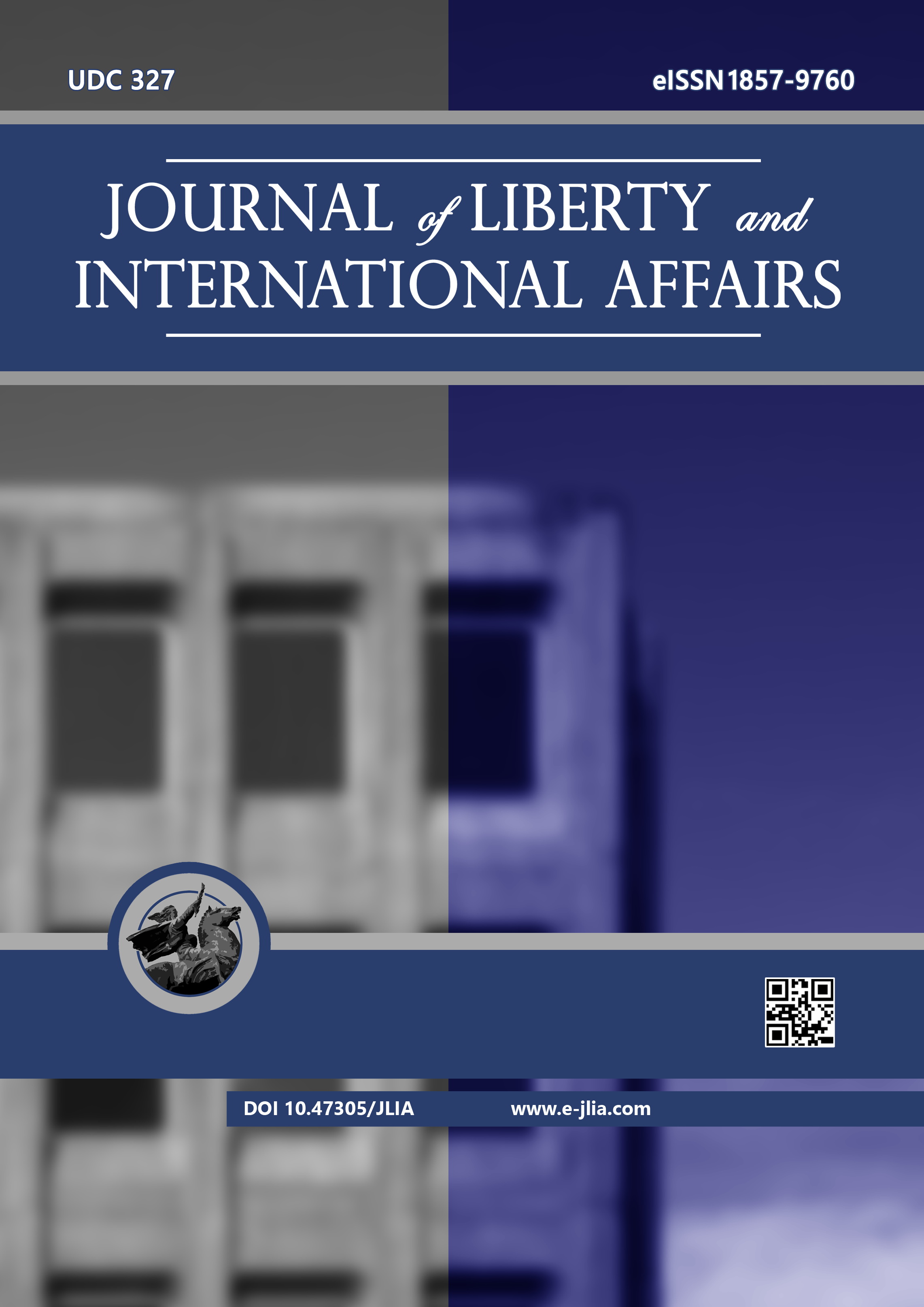SMALL STATE DILEMMA: CAMBODIA BETWEEN THE ASEAN AND CHINA IN THE INDO-PACIFIC CONTEXT
SMALL STATE DILEMMA: CAMBODIA BETWEEN THE ASEAN AND CHINA IN THE INDO-PACIFIC CONTEXT
Author(s): Khath BunthornSubject(s): Politics / Political Sciences, Politics, Law, Constitution, Jurisprudence, Constitutional Law, International Law, Human Rights and Humanitarian Law, Political Theory, Political Sciences, Governance, Public Administration, Public Law, Government/Political systems, International relations/trade, Security and defense, Military policy, Welfare systems, Developing nations, Political economy, Politics and law, Politics and communication, Politics and religion, Politics and society, Methodology and research technology, Comparative politics, Inter-Ethnic Relations, Philosophy of Law, Geopolitics, Politics of History/Memory, Politics and Identity, Peace and Conflict Studies, Commercial Law, Comparative Law, Administrative Law
Published by: Institute for Research and European Studies - Bitola
Keywords: ASEAN; Cambodia’s Foreign Policy; China’s Influence; Indo-Pacific; Small States
Summary/Abstract: As a small state, Cambodia viewed the ASEAN and China as almost equally important pillars of its foreign policy. Amid the intense strategic competition in the Indo-Pacific, Cambodia faced the dilemma of how to maintain the ASEAN centrality without diplomatic cost to its key ally China, and how to balance its national interest with regional interest. In this context, the article aimed to explain the importance of the ASEAN as a cornerstone of Cambodia’s foreign policy, examine the motivations of Cambodia’s deep political embrace of the Asian giant, and underline its implications for the Indo-Pacific from the lens of small state foreign policy. The article was based on qualitative, empirical analysis that comprises primary and secondary data pertinent to the current topic. The article concluded that Cambodia leaned more towards China than it did towards the ASEAN, thus weakening its centrality in driving the broader regional architecture and that domestic politics was the primary driving force of Cambodia’s foreign policy towards that direction. At this juncture, Cambodia should step back from the present degree of its strategic engagement with China and look for ways to diversify its relations with other major powers while getting back on the democratic path and upholding human rights.
Journal: Journal of Liberty and International Affairs
- Issue Year: 8/2022
- Issue No: 1
- Page Range: 116-137
- Page Count: 22
- Language: English

